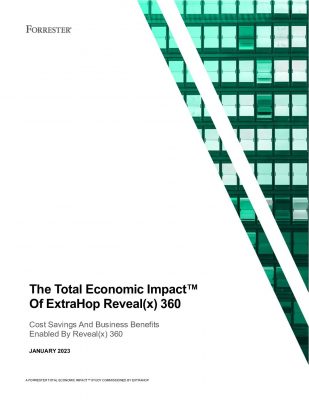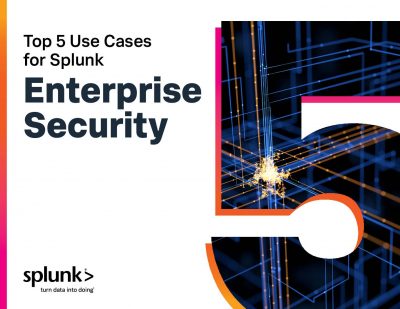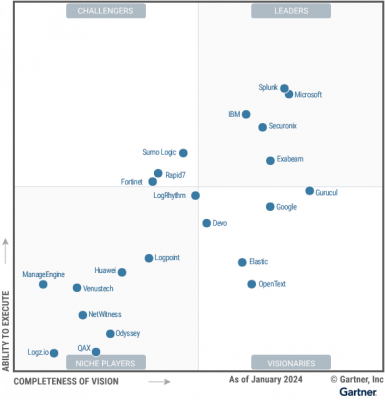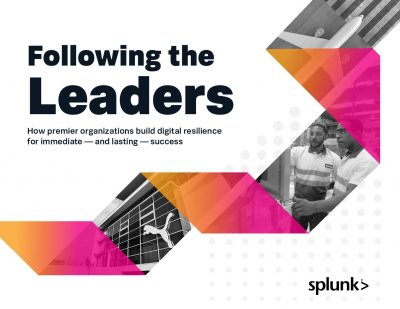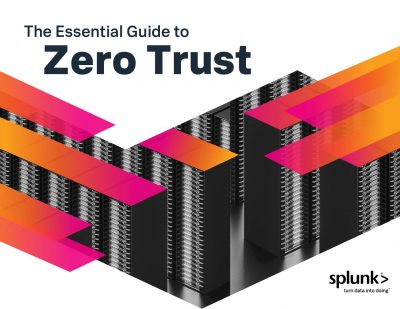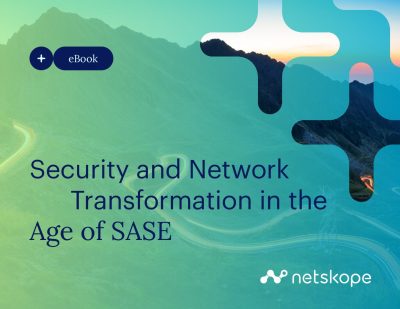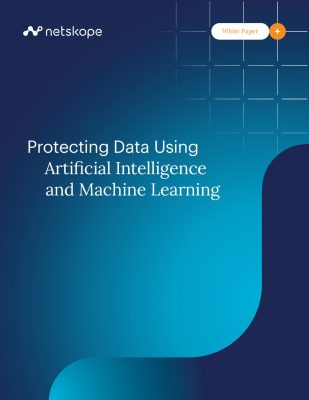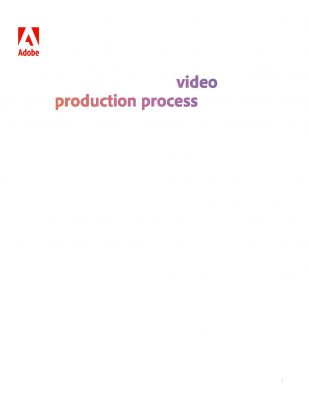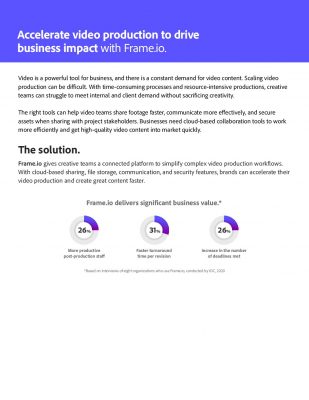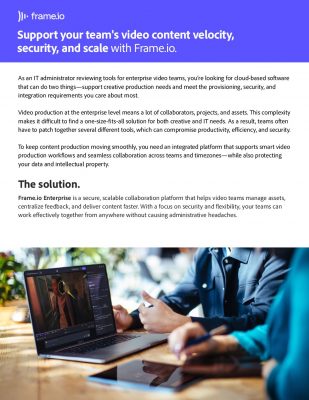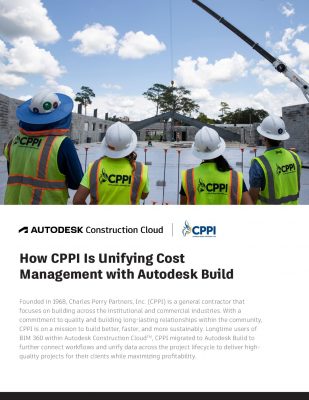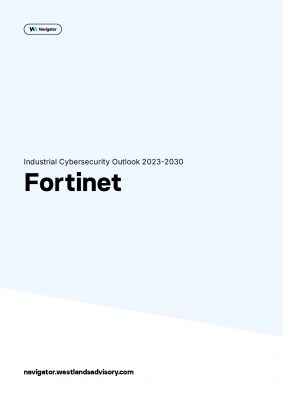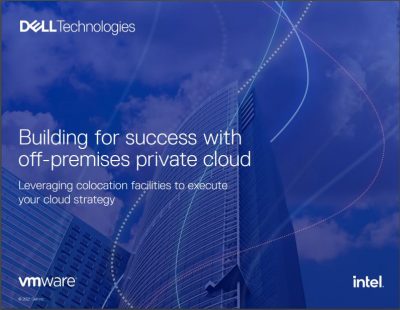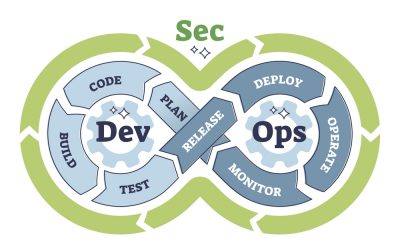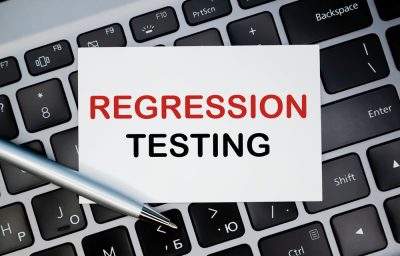Highlights:
- Costs of virtualization encompass the initial investment in hardware, software, licenses, and services, along with ongoing operational expenses like maintenance, support, upgrades, and staff.
- A cost-effective application virtualization software adapts well to organizational growth, leveraging the power of end-user devices rather than relying heavily on backend infrastructure.
The dynamic realm of modern businesses perpetually strives to spur operational efficacy, slash expenses, and augment flexibility. Among the robust solutions to these objectives stands application virtualization for revenue returns, a technology that has risen to prominence.
It is a software delivery technology that provides applications within a virtual structure without requiring traditional installation on each device. These virtualized applications are streamed to the user’s device on-demand, using the device’s hardware. This differs from Virtual Desktop Infrastructure (VDI), where only the application is virtualized rather than the entire operating system.
How to Calculate Virtualization ROI?
Be it the virtualization of apps, system, networks or IT infrastructure, the expenses calculation and allied budgetary management stands crucial. To assess the ROI of virtualization in IT operations, you need to evaluate the costs and benefits of virtualization over a designated time period. The costs encompass the initial investment in hardware, software, licenses, and services, along with ongoing operational expenses like maintenance, support, upgrades, and staff. The benefits of capitalizing on virtual applications involve the savings and revenues generated by virtualization, including reduced hardware and energy costs, increased productivity and performance, improved security and compliance, and enhanced customer satisfaction and loyalty.
Various formulae and methods exist to calculate virtualization ROI, but one of the simplest and most used is:
Percentage of virtualization ROI = (overall benefits – overall costs)/ total costing X 100
After learning investment know-how, follows innovative strategies and best practices for enhancing virtualization returns, ensuring that your investment not only meets budgetary anticipations but also fulfils operational expectations from application level virtualization.
How to Improve Virtualization ROI?
To optimize virtualization ROI in IT operations, enterprises need to optimize their strategy and management. Start by assessing your current and future needs, analyzing your existing IT environment, and identifying your business goals and requirements. This will help determine which resources, applications, and processes are suitable for virtual application management to accelerate business growth. Choose the right solution based on your needs, preferences, and budget by comparing various options in the market. Monitor and optimize performance using tools and metrics that provide real-time and historical data on utilization, availability, capacity, and efficiency. Additionally, employ orchestration, automation, load balancing, and tuning to enhance performance.
Exploring the diverse range of applications that can be virtualized opens a pool of possibilities for enhancing efficiency, compatibility, and resource management across different computing environments.
What Applications can be Virtualized?
Many modern-day applications can be virtualized, and experts usually approach this segment by recognizing the types of apps that can’t be virtualized. Their recommendations include:
- Any application that requires integration or interaction with the operating system, such as certain antivirus and malware protection software.
- Applications with drivers that need to interact with the operating system.
- Applications with built-in services that automatically start functioning independently when the system boots up or when users log in, like firewall clients.
- Applications with shell extensions, which enhance a program with additional functionalities.
- Legacy applications with built-in high availability features that may not operate properly when virtualized.
Virtualizing demands adequate investment. The costs linked to application virtualization hosting environment can vary widely depending on factors such as hardware requirements, software licenses, and implementation complexity.
Cost Associated with Virtualizing Applications
First, let’s review the licensing and ongoing costs of this technology. There are two main models in application virtualization client management console:
- Traditional model
This includes a perpetual license plus an annual maintenance cost, covering upgrades and technical support in various tiers of coverage, response time, and cost.
- Subscription model
This combines license and maintenance fees into an annual or monthly bill, avoiding large upfront costs and offering predictable budgeting.
A cost-effective application virtualization software adapts well to organizational growth, leveraging the dynamics of end-user computing rather than relying heavily on backend infrastructure. This means adding more users doesn’t necessitate increased hardware like VDI solutions. You might only need additional lightweight stream servers and licensing servers. Furthermore, growing your user base won’t require significantly more IT staff since the number of applications remains the same.
As expected, increasing the number of licensed users raises the overall cost, but many vendors offer a lower per-user rate as the total number of users increases.
Concluding Lines
Application virtualization architecture is a game-changer in the world of software asset management. By decoupling applications from the underlying operating system, it offers unparalleled flexibility, security, and efficiency. As organizations continue to embrace digital transformation, application virtualization will undoubtedly play a crucial role in shaping the future of IT infrastructure. Whether you’re looking to streamline application deployment, enhance security, or support legacy software, application virtualization provides the tools and capabilities to quench your requirements.
Discover our carefully selected compilation of whitepapers focused on IT-infra, crafted to enrich your knowledge with thorough analysis and extensive insights.


